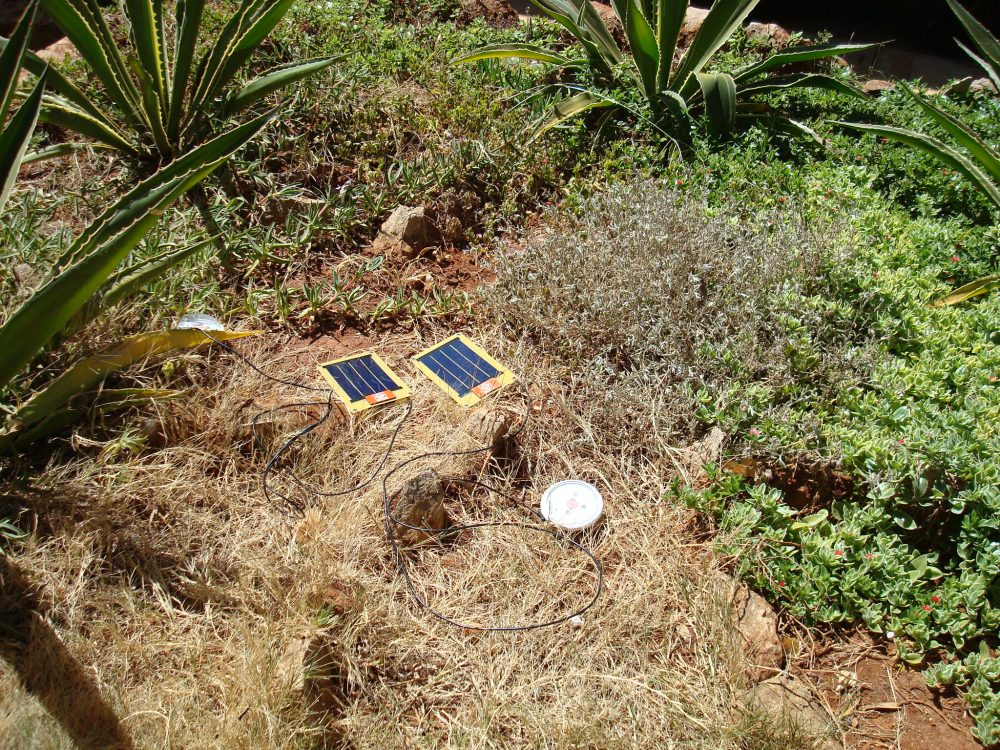
I once spent months immersed in off-grid Kenya’s purchasing patterns of energy, fuel, and light as consulting advisor to a manufacturer of small solar kits for entry level household use. The product was well designed and with a bit of repackaging and clearer positioning it could sell. However, it was not moving although all the shops around the country were well-stocked. Where was the problem obstructing flows?
Applying a discovery driven process guided by the 5D framework allows me to systematically observe the process and path-to-market pipeline from a number of different analytical lenses. A rapid ethnographic study of energy consumption behaviour among the potential customers shopping for a modern energy solution as well as interviews of product stockists in the same locales generated the empirical data to support the diagnosis. I was able to identify some unusual barriers to sales among the intended target audience – entry level off-grid rural households and micro-enterprises in East Africa.
- Category mismatch – while such a small product priced around 30euros might be an off-the-shelf kit in a supermarket in higher income urban neighbourhoods, it was perceived as an investment in modern energy by the majority of their lower income rural customer base. They wanted and needed the same level of customer information in the kit that would accompany a new fridge or microwave and an appropriate sales experience talking to a family spending on visible signals of upward mobility. It may be a small panel but it was highly visible on the roof.
- Distribution and Logistics – The category mismatch resulted in a distribution network designed for fast moving consumer goods that do not require much customer service handling. So as long as the pipeline had shelf space, sales were being generated at the stockist and supplier levels but no demand was being created at the other end of the pipeline.
- Demand segment mismatch – because of the lack of clarity on the product category the distribution pipelines were filling the wrong spaces and places. Shrink wrapped plastic bubbles purchased in a supermarket did not convey the gravitas that a purchase worth half a subsistence farmer’s monthly cash availability was expected to have. Thus, it was invisible to the target customer.
The operations demonstrated efficiency and good design but for the wrong type of product – fast moving consumer goods rather than a durable household energy system. Marketing was not really in the operations agenda because the systems efficiencies were geared towards stocks and inventory optimization and growth rather than sales generation and demand creation. There was an underlying assumption that because people had no electricity in their homes, one simply had to make such a product available and its good value for money was instantly obvious to any supermarket shopper.
The exploratory study to inform strategy and the diagnosis facilitated the re-alignment of actions and intentions towards meeting business development and sales goals.

